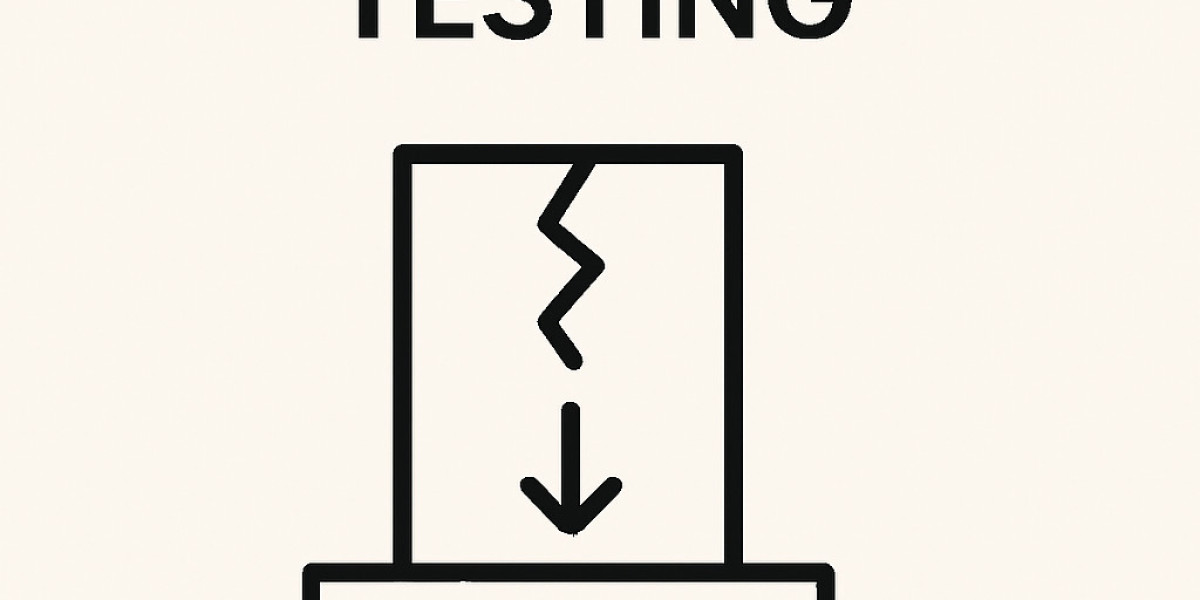In industries where safety, quality, and performance are non-negotiable, destructive testing plays a vital role. This method helps engineers and quality inspectors understand how materials and components behave under extreme conditions—by pushing them to failure.
✅ What is Destructive Testing?
Destructive Testing (DT) refers to a type of test where a material or structure is subjected to loads until it fails. Unlike non-destructive testing, DT permanently alters or destroys the item being tested. It is used to evaluate mechanical properties such as strength, toughness, ductility, and fatigue resistance.
? Common Destructive Testing Methods:
Tensile Testing
Measures the strength of a material by pulling it until it breaks.Compression Testing
Determines how a material reacts to being compressed or crushed.Bend Testing
Tests the ductility and strength of a material when bent.Impact Testing (Charpy & Izod)
Assesses a material’s ability to absorb energy during a sudden force.Fatigue Testing
Simulates repetitive stress to predict the lifespan of a component.Hardness Testing
Evaluates a material’s resistance to indentation or abrasion.
?️ Where is Destructive Testing Used?
Construction & Civil Engineering:
To ensure the durability of concrete, steel, and foundation materials.Aerospace & Automotive:
To test metal fatigue and material failure under high loads.Manufacturing & Fabrication:
For welding inspections and material performance evaluations.Defense & Military:
To ensure reliability in critical, high-stress environments.







